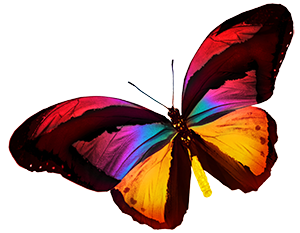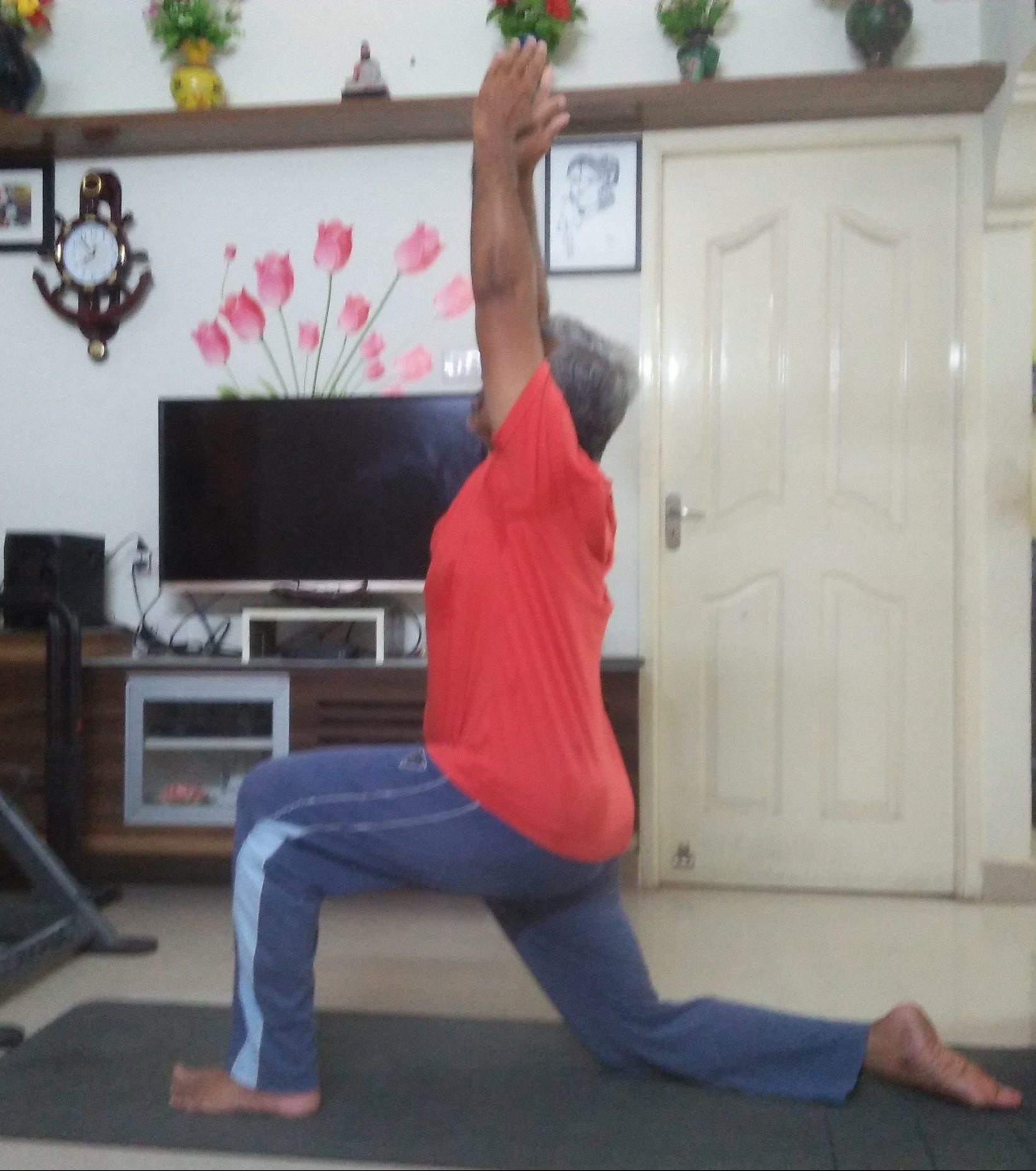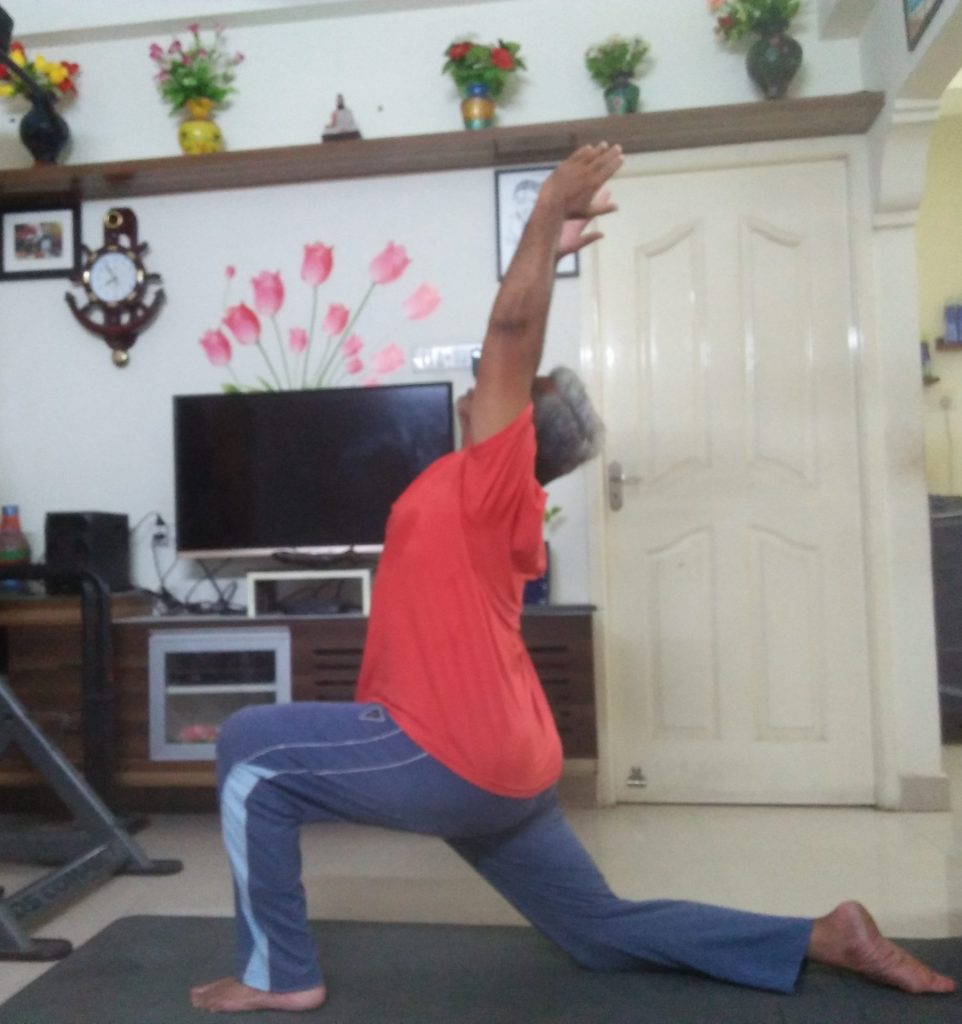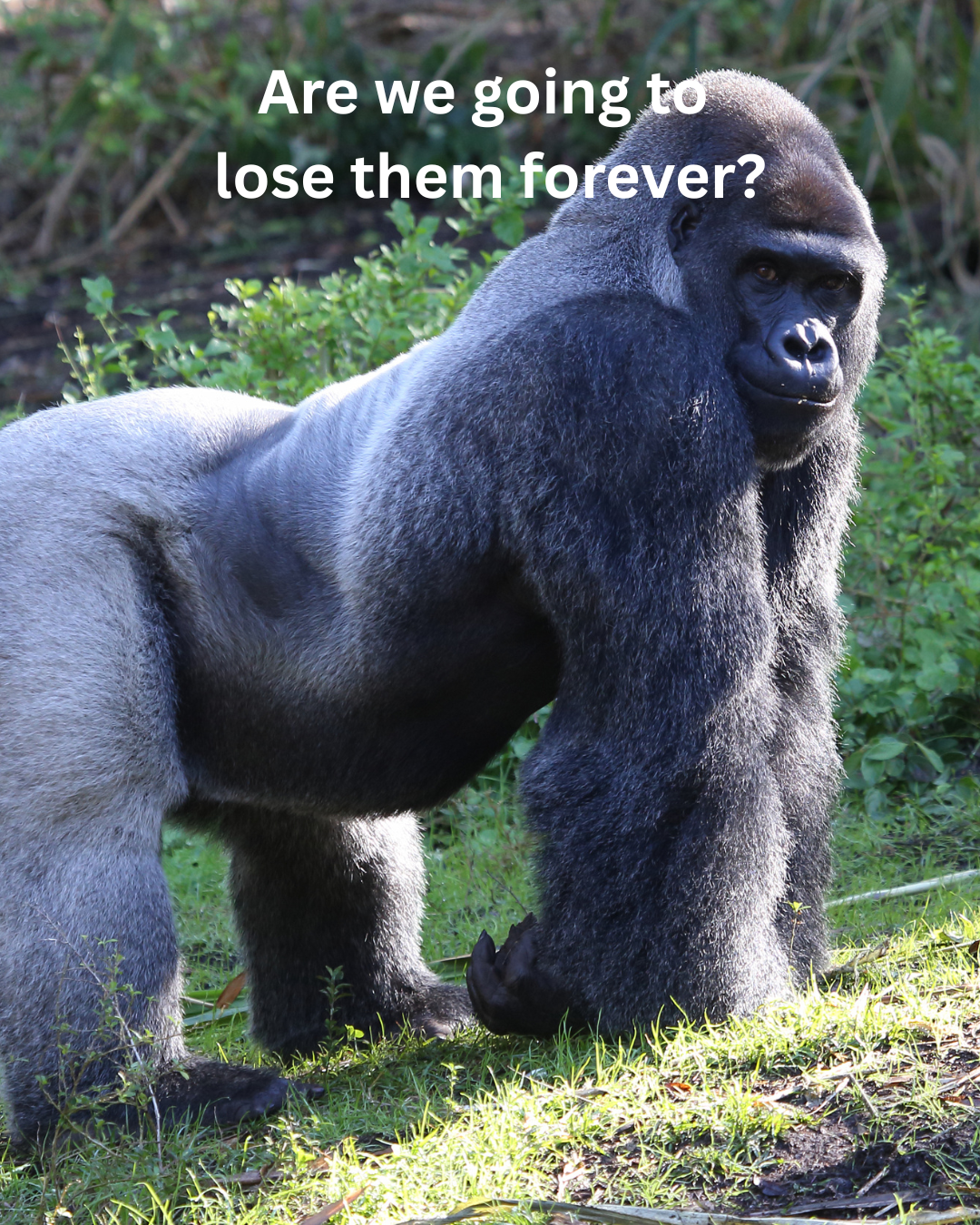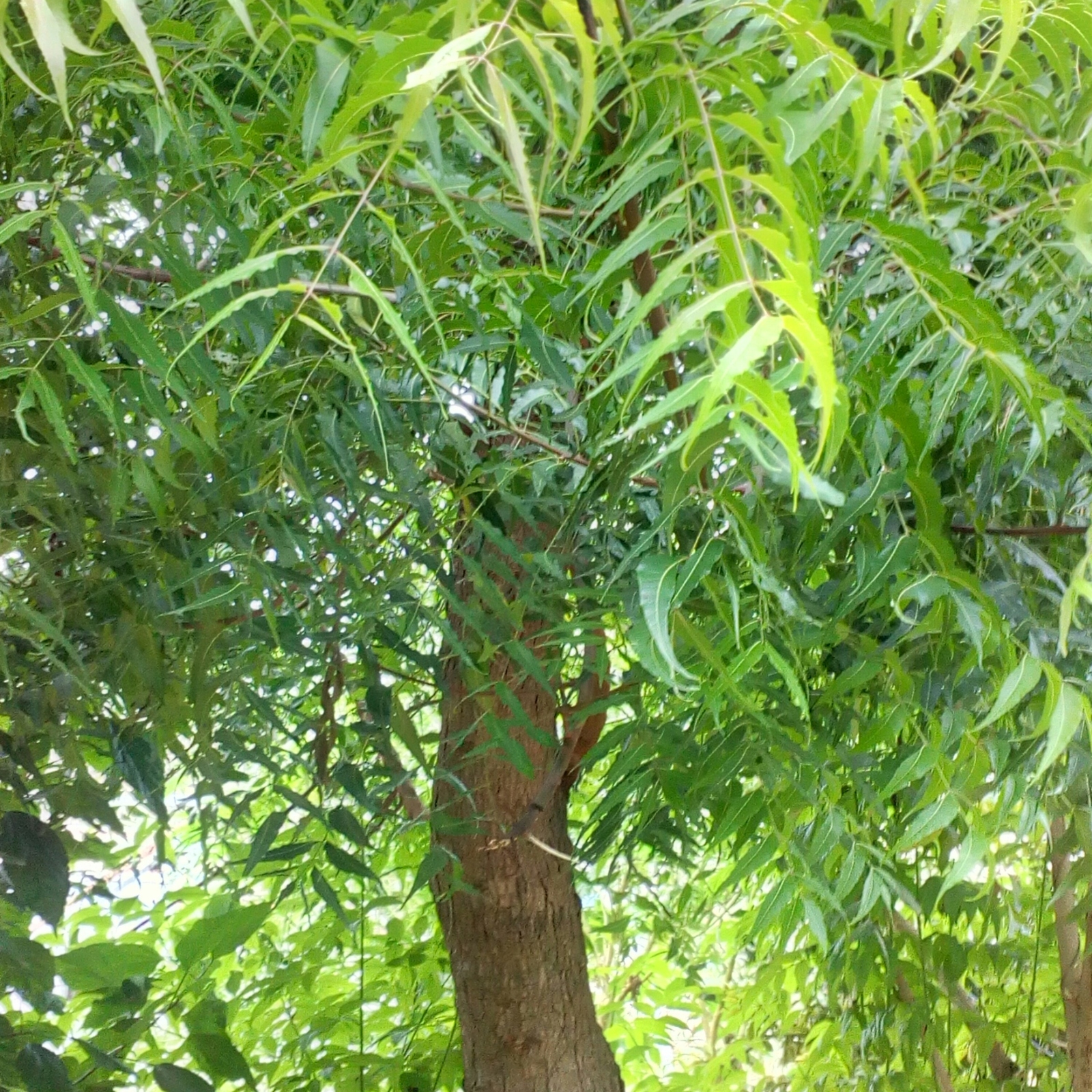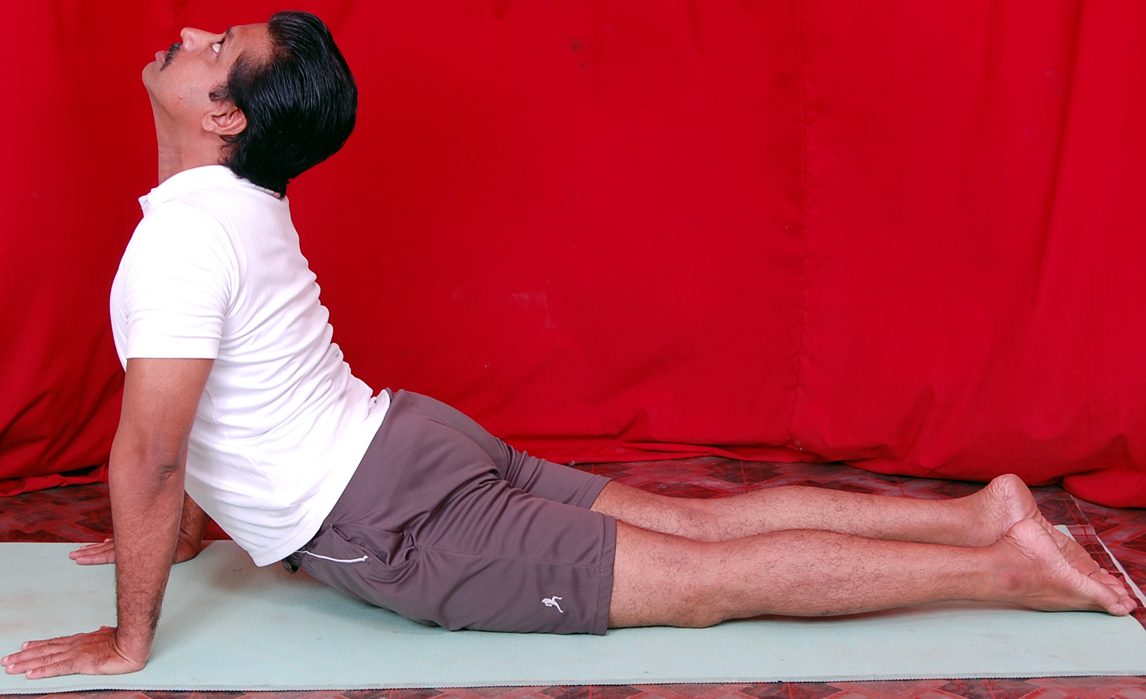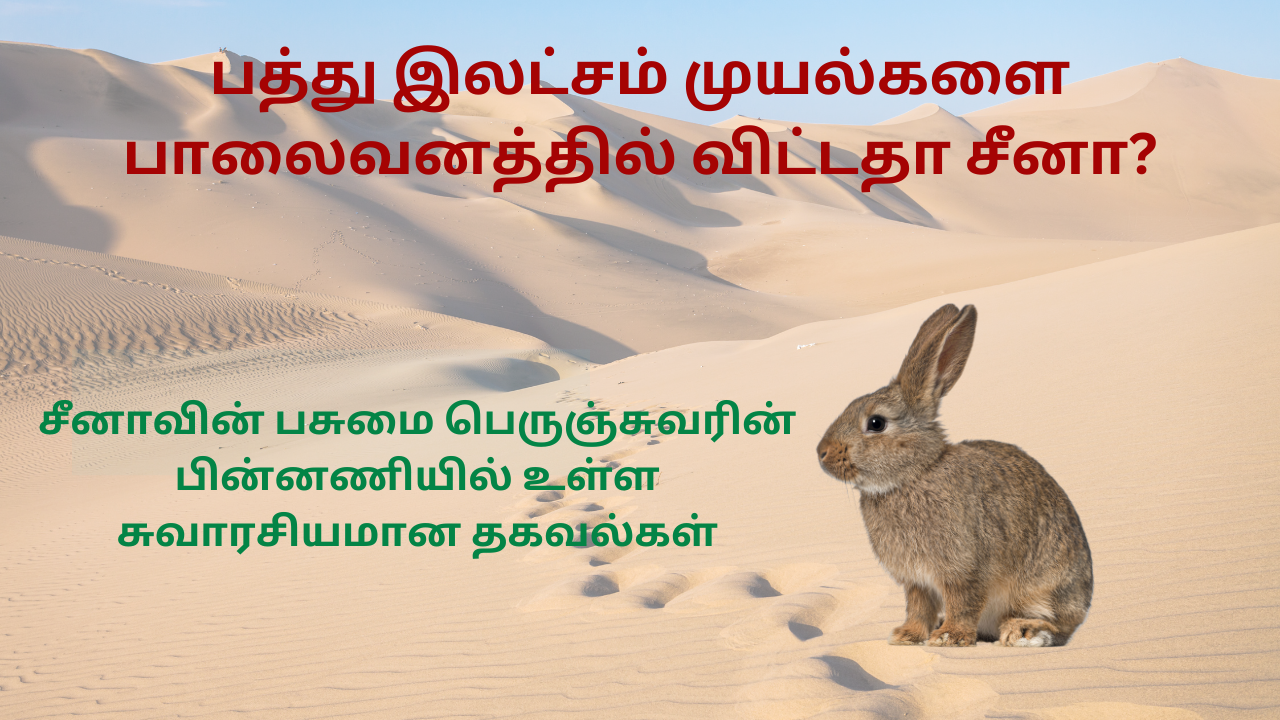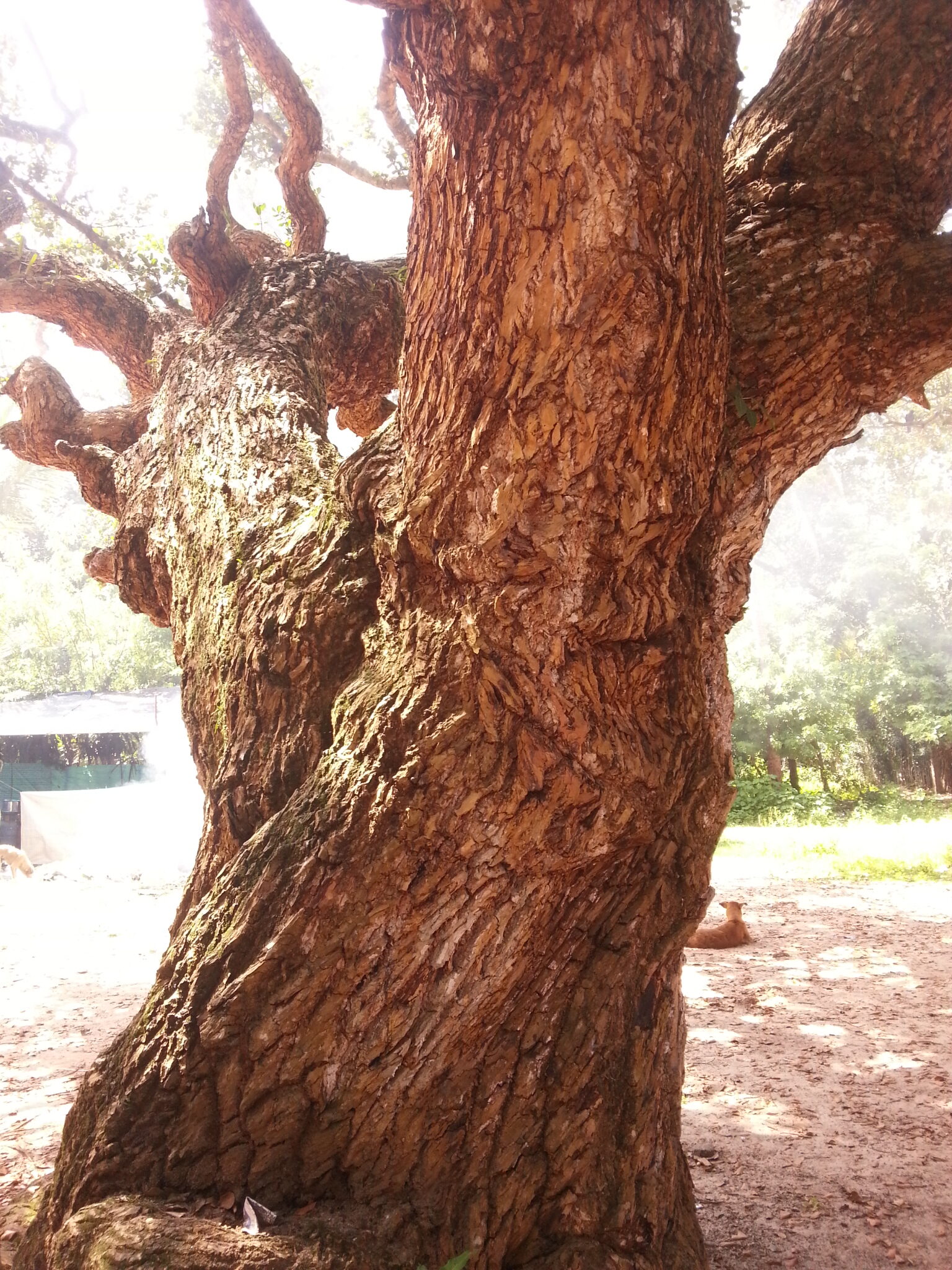Low Lunge Pose is called as Anjaneyasana in Sankrit . Low Lunge Pose is also referred to as Crescent Moon Pose.
Low Lunge Pose stimulates muladhara, svathittana, manipura and anahata chakras. Regular practice of the pose promotes heart health and supports healthy flow of prana.
Visit this page to learn about chakras and their functions.
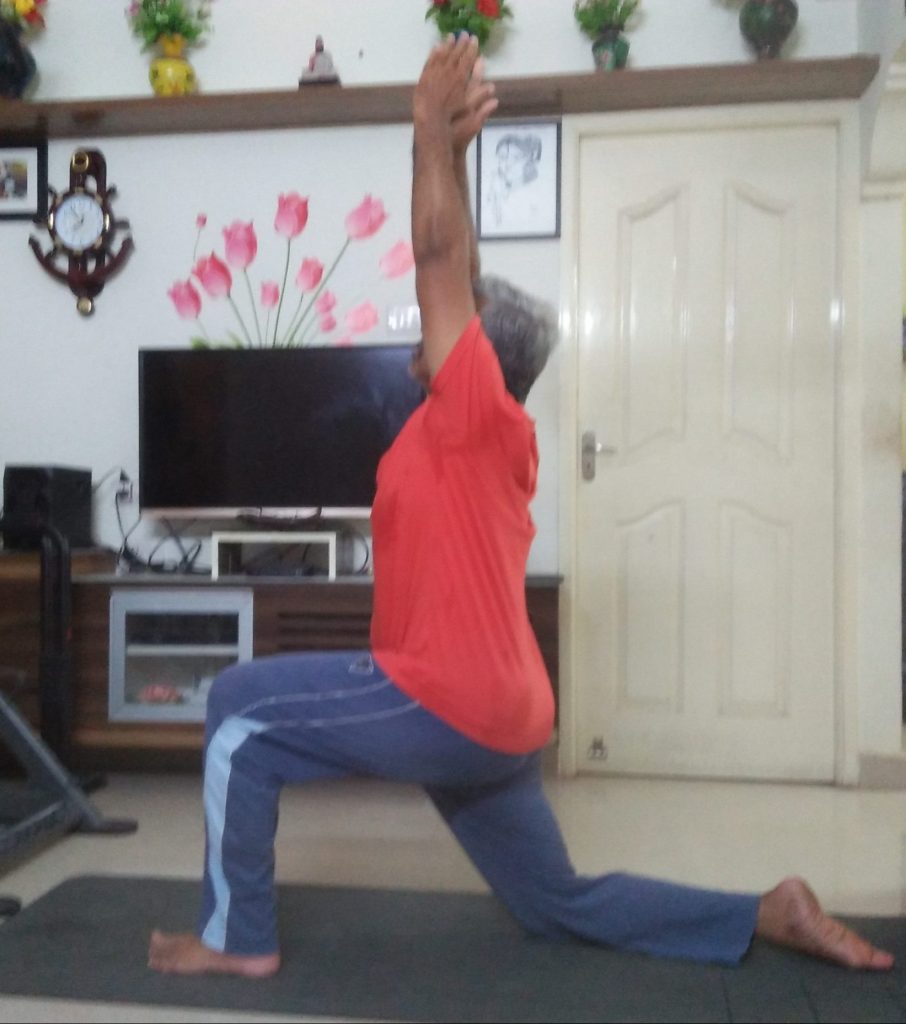
Other Benefits of Low Lunge Pose
- Strengthens the spine and back muscles
- Stretches the shoulders
- Strengthens lungs
- The pose stimulates functions of abdominal organs.
- Energizes the whole body
- Regular practice of the pose improves hip flexibility.
- It is an effective yoga pose for hip fat.
- The pose helps to relieve sciatic pain.
- Helps to Maintain Balance
- Calms the mind
Step-by-Step Guide
- Stand straight on the mat with some space between your feet.
- Stretch your right leg backwards and place your lower leg on the floor.
- Raise your hands upwards with the palms facing each other.
- Look straight.
- You can deepen the pose by pushing your abdomen forward and tilting your head backwards with the hands stretched behind.
- Hold the pose for 20 seconds. Return to position and repeat the same on the other side.
Note
Those with severe hip conditions and injured thighs should refrain from practicing Low Lunge Pose. In case of difficulty in placing the knee on the floor, place a folded blanket under your knee and perform the pose.

Yoga Pose for Day 69 - High Lunge Pose / Crescent High Lunge Pose (Ashta Chandrasana)
High Lunge Pose is called as Ashta Chandrasana in Sankrit. 'Ashta' means 'eight' and 'chandra' means 'moon'. The pose stimulates
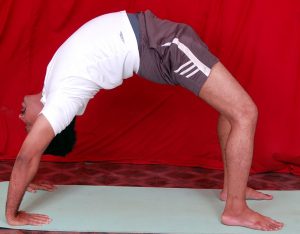
Yoga Pose for Day 67 - Upward Bow Pose (Urdhva Dhanurasana)
Upward Bow Pose is often referred to as Wheel Pose. However, in Wheel Pose, you bring your hands and legs close to each other to form a wheel whereas in Upward Bow Pose, hands and legs are apart. Upward Bow Pose is called as Urdhva Dhanurasana. In Sanskrit, 'Urdhva' means 'upward' and 'dhanur' means 'bow'.
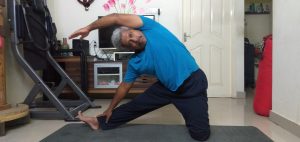
Yoga Pose for Day 66 - Gate Pose (Parighasana)
Gate Pose is called Parighasana in Sanskrit. 'Parigha' means 'beam'. Performing the pose on a regular basis promotes optimum health.
